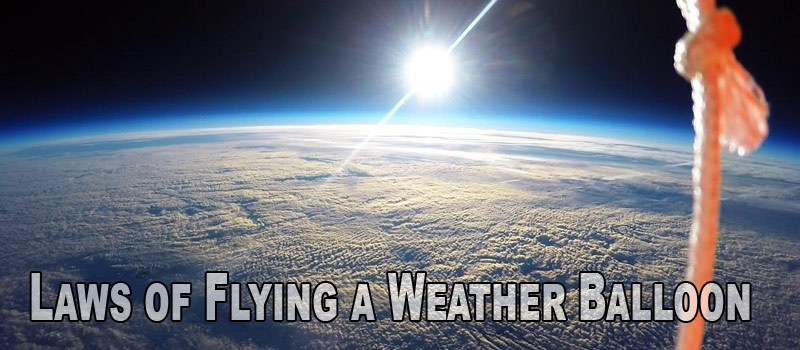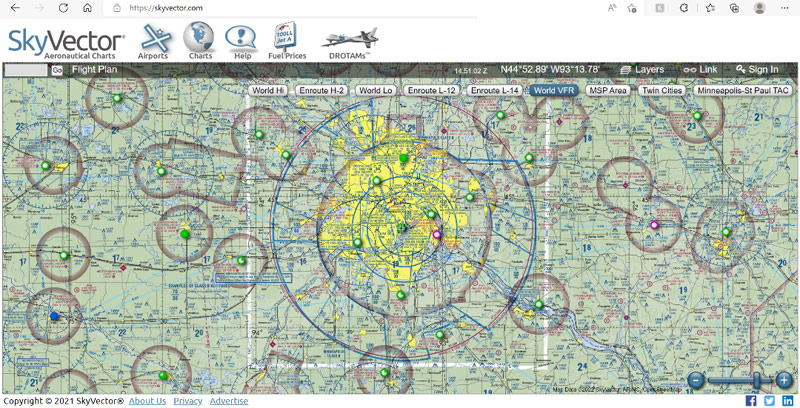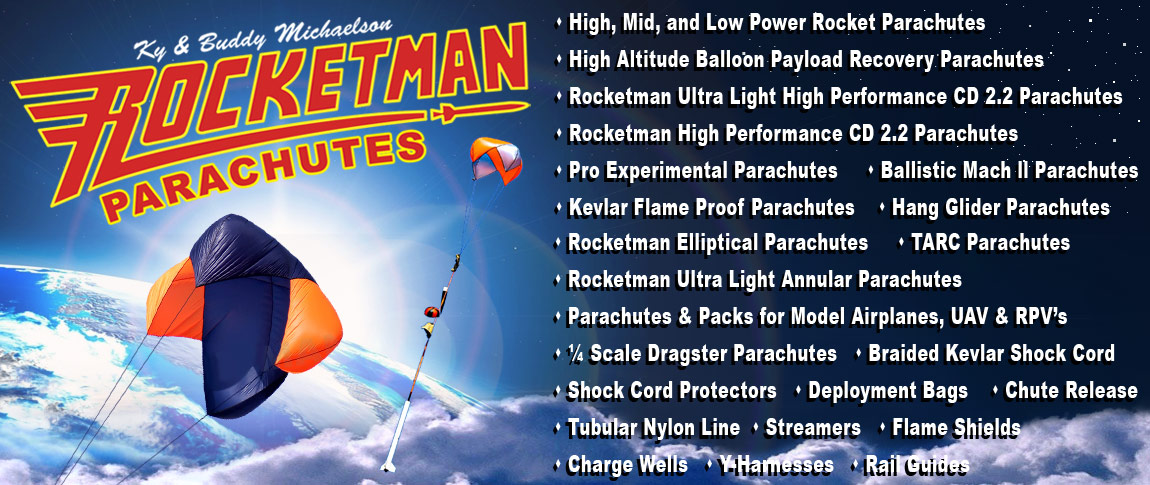
In the United States, regulations permit flights carrying up to 12 lbs (5.4 kg) total payload, not including the weight of the balloon itself. This weight must be divided into separate payload packages no more than 6 lb (2.7 kg) in weight. Since payloads can experience violent turbulence in the jet stream, Rocketman Parachutes has designed lightweight, rugged payload packages that resist damage and ensure the safe return of any equipment used in a flight. HAB Kit Complete Package | (the-rocketman.com)
No license is required to launch a balloon in the United States. However, anyone planning a flight must take time to build a safe payload and carefully plan your flight. Rocketman has years of experience launching and recovering high altitude balloons from all over the country. We train each of our customers in safety and best practices of conducting a mission to the edge of space while meeting government guidelines for high-altitude weather balloon operations. If you have any questions whatsoever, please send us a email, as we’d love to assist to ensure a successful mission! Email: ky@the-rocketman.com
In the United States, there are two sets of regulations governing launching and tracking high-altitude weather balloons. One is from the Federal Communications Commission (FCC), and the other is from the Federal Aviation Administration (FAA). All of Rocketman’s products are designed to meet the United States Regulations, and we explore these regulations in detail during training. Here is a quick summary of each rule that applies to our flights:
1. Cell Phones are not permitted to track high-altitude weather balloons in flight. A SpotGPS or Spot Trace is highly recommended.
2. Payloads cannot exceed a package weight/size ratio of three ounces per square inch. *
3. No payload package can exceed 6 lb. in weight.
4. Entire weight of all payloads cannot exceed 12 lb. in total weight. This weight excludes the weight of the balloon.
5. No rope or cable should be used, which requires more than 50lb of force to separate payload packages from the balloon. All our harnesses apply to this rule: (INSERT HARNESS PAGE)
6. No one may launch a high-altitude weather balloon which creates a hazard to other people and property—i.e., incorrect parachute, faulty rigging, unsuitable launch location.
7. No one may use a high-altitude weather balloon to drop objects—i.e., gliders and projectiles.
* Determined by dividing total package weight by the area in square inches of the smallest surface.
We would highly recommend Sky Vector to ensure that you launch and landing locations are out of controlled airspace whenever possible: SkyVector: Flight Planning / Aeronautical Charts




